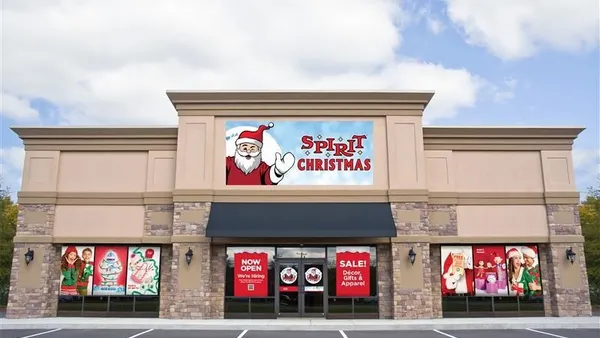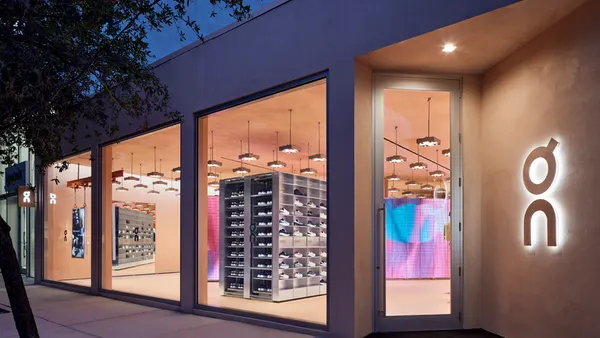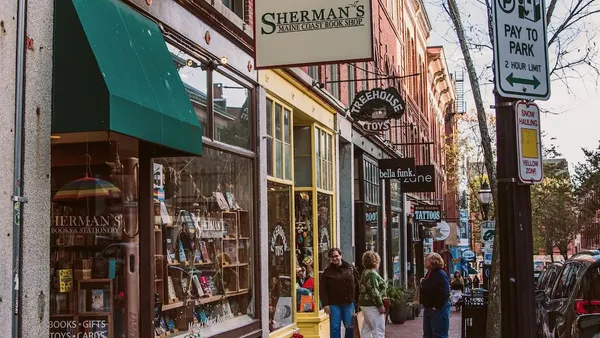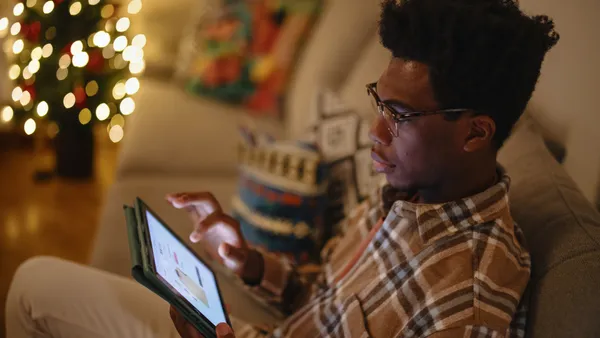Dive Brief:
-
Back-to-school is just around the corner, and a recent KPMG survey of 1,000 consumers found that shoppers plan to spend $268 per child this year, an uptick from $247 per student in 2020. That's an estimated increase of 9% for back-to-school spend this year.
-
Spending for preschool (up 32%) and college students (up 13%) is expected to increase more than their middle school (up 3%) and high school (up 4%) counterparts, according to the report.
-
Among the retail categories that shoppers are expected to spend on are footwear (21%), school supplies (16%) and apparel (14%). Consumers reported a lower likelihood of buying computers and study-related furniture, according to the report.
Dive Insight:
With summer in full swing, attention is shifting to the upcoming back-to-school season. The expected uptick in school supply spending is driven by the larger than average group of pre-schoolers and college students, the report noted.
Though shopping online for school-related items became more prevalent last year, more consumers are expected to shop in-store than online in 2021. Per KPMG's findings, in-store school supply shopping has significantly decreased from pre-COVID levels, at an anticipated 57% (down from 66%), while online shopping is predicted to rise to 44% from 34% pre-pandemic.
Higher-income parents appear to drive online spending, KPMG noted in its report. Parents earning more than $50,000 are more likely to shop online, but those with less income are more likely to shop in-store.
The predicted increase in back-to-school spending follows a relatively flat 2020. Per a Deloitte report, last year's back-to-school shopping remained at $529 on average per household, but more than a third of shoppers' budgets were devoted to online shopping. Store re-openings and shifting safety guidelines complicated the shopping season last year.
The anticipated rise in back-to-school spending is part of a seemingly overall rise in retail sales. Per Retail Dive's analysis of the U.S. Department of Commerce data, retail sales rose 23% year over year in May, and clothing and accessories sales spiked 200% over the same timeframe. As the country tries to recover from the coronavirus pandemic, the NRF projects that retail sales this year could increase by between 10.5% and 13.5%.













